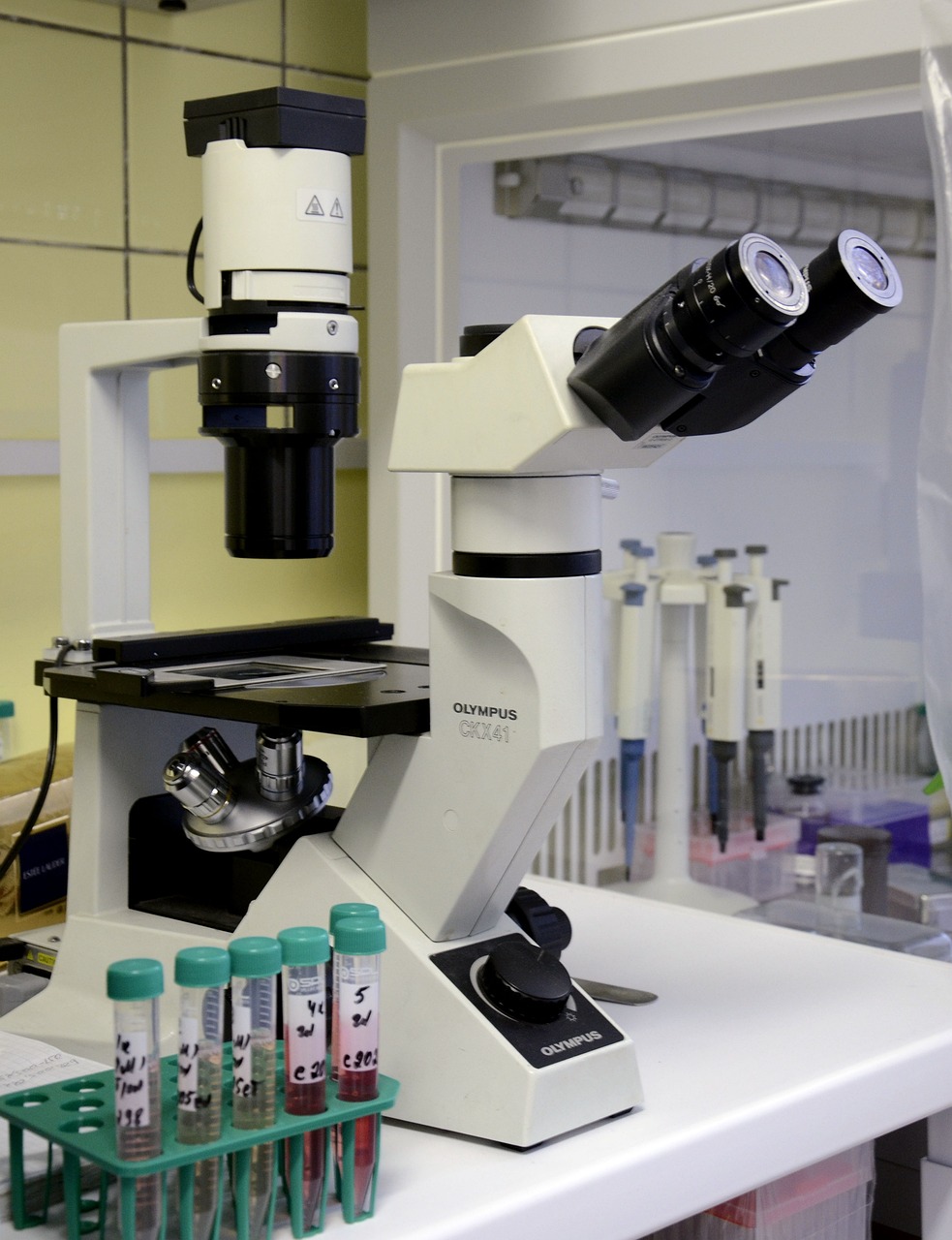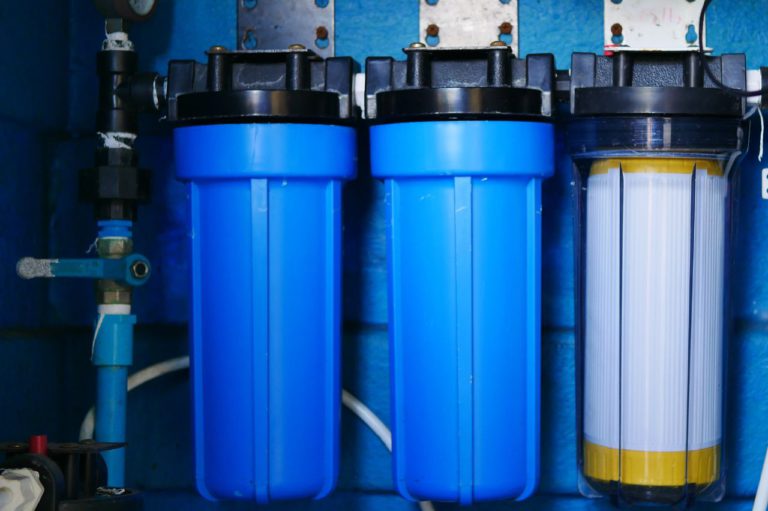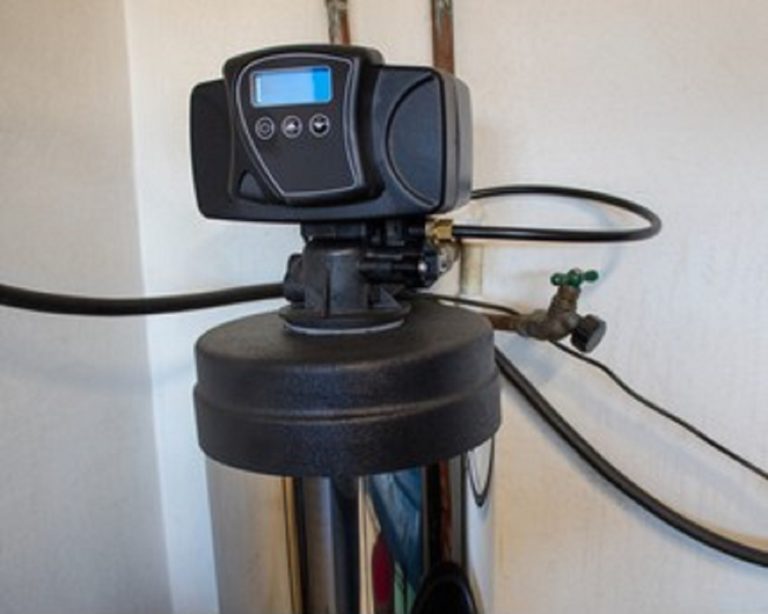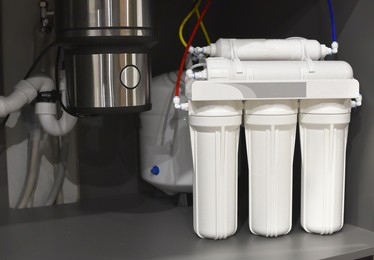Total Organic Carbon (TOC) in Drinking Water
Clean drinking water is essential to our health and well-being, and we all rely on our water supply to be safe and free from harmful contaminants. One important measure of water quality is Total Organic Carbon, or TOC. TOC is a crucial component of water quality testing, as it indicates the amount of organic matter present in the water. Organic matter can come from a variety of sources, including decaying plants and animal material, and can contain harmful bacteria and viruses. In this article, we’ll explore the importance of TOC in drinking water, and why it’s essential to understand what it means for your health and safety. We’ll cover how TOC is measured, what levels are considered safe, and what you can do to ensure that your drinking water is free from harmful contaminants. So, whether you’re a concerned homeowner or a water treatment professional, read on to learn more about the importance of TOC in drinking water.
What is TOC in drinking water?
Total Organic Carbon (TOC) is a measure of the amount of organic carbon present in water. Organic carbon is found in both natural and synthetic compounds and can be a significant contributor to water pollution. TOC is a measure of the total amount of carbon in water that is found in organic compounds. It is a critical parameter used to evaluate the quality of drinking water. TOC is measured in parts per million (ppm) or milligrams per liter (mg/L).
There are two types of organic carbon in water: dissolved organic carbon (DOC) and particulate organic carbon (POC). DOC is made up of organic compounds that are dissolved in the water, while POC is made up of organic compounds that are in a suspended or particulate form. Both types of organic carbon can have an impact on the quality of drinking water.
The presence of organic carbon in drinking water can be an indication of the potential for harmful contaminants to be present in the water. Organic carbon can provide a food source for bacteria and other microorganisms, which can lead to the growth of harmful pathogens.
Sources of TOC in drinking water
There are several sources of organic carbon in drinking water. One of the most common sources is decaying plant and animal material. When organic matter decomposes, it releases organic compounds into the water. Other sources of organic carbon in water include industrial and agricultural runoff, wastewater treatment plants, and stormwater runoff.
Human activities can also contribute to the presence of organic carbon in water. For example, the use of fertilizers and pesticides in agriculture can lead to the accumulation of organic compounds in water. Similarly, the use of household cleaning products and personal care products can also contribute to the presence of organic carbon in water.
Health risks associated with high levels of TOC in drinking water
High levels of organic carbon in drinking water can have several health risks. Organic carbon provides a food source for bacteria and other microorganisms, which can lead to the growth of harmful pathogens. These pathogens can cause a range of illnesses, from mild infections to serious diseases.
One of the most significant risks associated with high levels of organic carbon in drinking water is the potential for the formation of disinfection by-products (DBPs). DBPs are formed when chlorine is used to disinfect water that contains organic carbon. DBPs can be harmful to human health and have been linked to cancer and other health problems.
High levels of organic carbon in drinking water can also impact the taste and odor of the water. Water that has a high level of organic carbon can taste and smell musty or earthy, which can be unpleasant to drink.
TOC testing methods and standards
There are several methods used to measure TOC in drinking water. The most commonly used method is the combustion method, which involves oxidizing the organic carbon in the sample and measuring the resulting carbon dioxide. Other methods include the UV-persulfate method and the wet chemical oxidation method.
The level of TOC that is considered safe in drinking water varies depending on the source of the water and the intended use of the water. In general, the U.S. Environmental Protection Agency (EPA) recommends that the level of TOC in drinking water not exceed 2 ppm. However, some states have set more stringent standards.
TOC removal techniques for drinking water treatment
Several techniques are used to remove organic carbon from drinking water. One of the most common methods is activated carbon filtration. Activated carbon filters work by adsorbing organic compounds onto the surface of the carbon. Other methods of TOC removal include reverse osmosis, nanofiltration, and ultrafiltration.
The choice of TOC removal technique will depend on several factors, including the level of organic carbon in the water, the intended use of the water, and the cost of the treatment.
Benefits of monitoring TOC in drinking water
Monitoring TOC in drinking water has several benefits. It can help to identify potential sources of contamination, such as agricultural runoff or industrial discharge. It can also help to identify changes in water quality over time. By monitoring TOC levels, water treatment professionals can adjust treatment methods and ensure that the water is safe for consumption.
Monitoring TOC levels can also help to identify potential problems with the water distribution system. For example, if TOC levels in the distribution system are higher than expected, it could indicate that there is a problem with the pipes or storage tanks.
TOC regulations and compliance
There are several regulations in place to ensure that drinking water is safe and free from harmful contaminants. The Safe Drinking Water Act (SDWA) is the primary federal law that governs the quality of drinking water in the United States. The SDWA sets standards for the maximum contaminant levels (MCLs) of various contaminants in drinking water, including TOC.
Water treatment facilities are required to monitor TOC levels in their drinking water and ensure that they are in compliance with the SDWA. Failure to comply with the SDWA can result in fines and other penalties.
TOC testing equipment and suppliers
There are several suppliers of TOC testing equipment, including Hach, Shimadzu, and Mettler Toledo. These suppliers offer a range of equipment, from laboratory-based instruments to portable field instruments.
When selecting a supplier of TOC testing equipment, it’s essential to consider factors such as accuracy, precision, and ease of use. It’s also essential to consider the cost of the equipment and the ongoing maintenance requirements.
Conclusion
Total Organic Carbon (TOC) is a crucial component of water quality testing, as it indicates the amount of organic matter present in the water. The presence of organic carbon in drinking water can be an indication of the potential for harmful contaminants to be present in the water. Monitoring TOC levels in drinking water is essential to ensure that the water is safe for consumption.
There are several methods used to measure TOC in drinking water, and several techniques are used to remove organic carbon from drinking water. Compliance with the Safe Drinking Water Act is essential to ensure that drinking water is safe and free from harmful contaminants.
By understanding the importance of TOC in drinking water, homeowners and water treatment professionals can work together to ensure that our water supply is safe and free from harmful contaminants.






